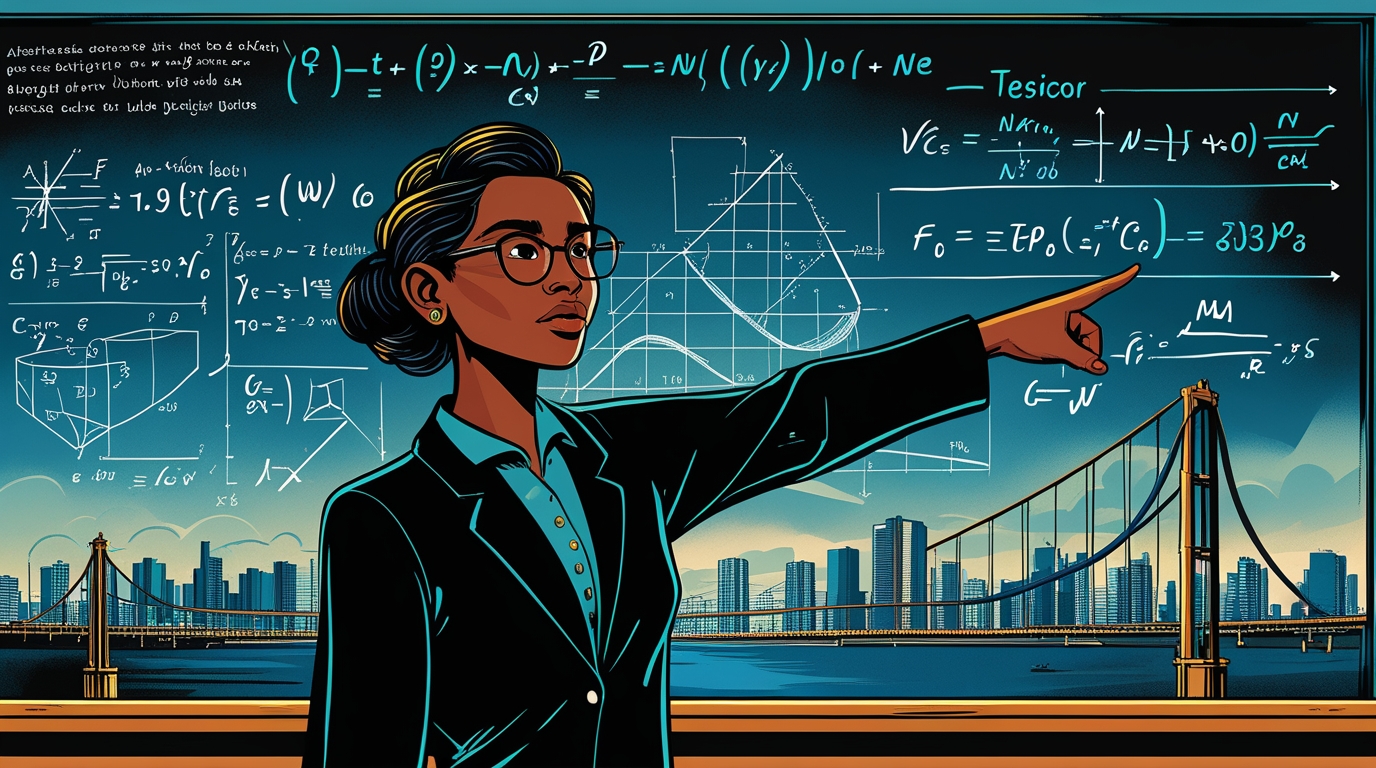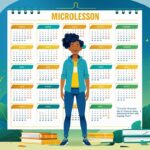Round Rock Journal – The concept of the Reverse Curriculum challenges one of education’s oldest assumptions that theory must come before practice. Traditionally, students are expected to absorb abstract concepts before ever touching a real-world problem. Yet, in an age defined by immediacy and innovation, this approach often feels backward. The reverse curriculum flips the script, asking learners to begin with doing before understanding. Personally, I believe this model reflects how humans naturally learn through experience, trial, and curiosity long before they ever formalize knowledge into theory.
“Read also: Why Decluttering Can Transform Your Life“
The Philosophy Behind the Reverse Curriculum
At its core, the Reverse Curriculum draws from experiential learning theory, which suggests that knowledge is built through reflection on action. Instead of memorizing formulas or definitions, students first face a tangible challenge whether it’s coding an app, building a prototype, or designing a marketing plan. Only after struggling through the process do they explore the theories that make sense of their experiences. In my view, this bottom-up structure transforms education from passive reception into active discovery, bridging the gap between knowing and doing in a profoundly human way.
Why Starting With Application Accelerates Learning
There’s psychological grounding behind this idea. When learners apply knowledge before formal instruction, they form stronger mental connections because they have personal context. This “productive struggle” helps concepts stick longer and feel more relevant. For example, students asked to design a small video game before studying programming logic often absorb syntax and structure faster because they need the knowledge to solve a real problem. From my perspective, this approach mirrors how experts learn in real life: curiosity first, comprehension later.
A Contrast to Traditional Education Models
Conventional curriculums, especially in academia, tend to front-load information. Students spend months mastering definitions before ever applying them. Unfortunately, this often leads to disengagement and shallow understanding. The Reverse Curriculum, however, invites failure early and transforms it into a learning asset. By starting with messy, hands-on experiences, learners develop resilience and intuition. To me, this represents a shift from rote memorization toward creative problem-solving the very skill sets demanded by modern industries like technology, design, and entrepreneurship.
Real-World Examples of Reverse Curriculum in Action
Several modern education pioneers have already embraced this framework. Stanford’s d.school, for example, begins its innovation courses with real-world projects before introducing design theory. Similarly, coding bootcamps like General Assembly and Le Wagon immerse students in building functional applications from day one. Even in K-12 settings, schools experimenting with project-based learning are discovering that application-first models produce higher engagement and better retention. In my opinion, these examples show that reverse learning isn’t just theoretical it’s pragmatic, scalable, and deeply human.
“Read also: Visiting the US Is About to Get More Expensive for Foreign Travelers“
The Role of Failure as a Teaching Tool
In a reverse curriculum, failure isn’t a setback it’s a syllabus. When learners encounter problems before having all the answers, they develop adaptive thinking. This approach builds confidence and encourages critical analysis, teaching them how to navigate uncertainty a skill no textbook can provide. Personally, I find this empowering. It trains students to approach life itself as an iterative process, where progress often comes from experimenting, failing fast, and refining based on feedback much like a scientist or entrepreneur would.
Bridging the Gap Between Education and Industry
Employers today increasingly value practical experience over theoretical mastery. The Reverse Curriculum directly responds to this demand by producing graduates who can act before they analyze. This doesn’t mean theory is irrelevant rather, it becomes more meaningful once students see its real-world implications. When someone has already built, tested, or created something tangible, the underlying theory feels like an “aha” moment instead of an abstract burden. I believe this alignment between education and industry marks the beginning of a more agile, adaptive future of learning.
Rethinking the Future of Learning Through Reverse Design
Ultimately, adopting a Reverse Curriculum requires a cultural shift from valuing perfect answers to celebrating exploration. It invites educators to design experiences that provoke curiosity, not just compliance. Imagine a classroom where students build drones before learning aerodynamics, or write marketing campaigns before studying consumer psychology. That’s not chaos; it’s evolution. To me, this model embodies how learning should feel: alive, relevant, and profoundly empowering. By starting with application before theory, education doesn’t just teach knowledge it teaches purpose.


